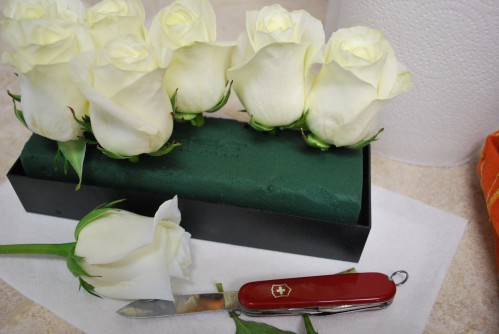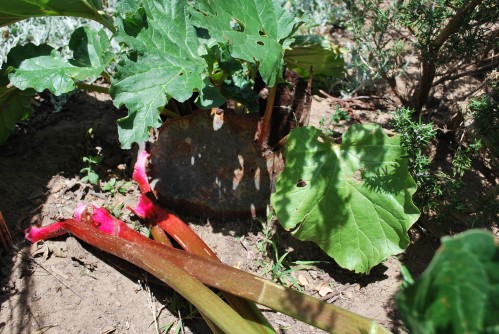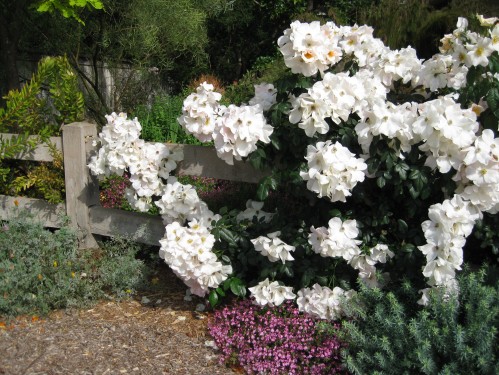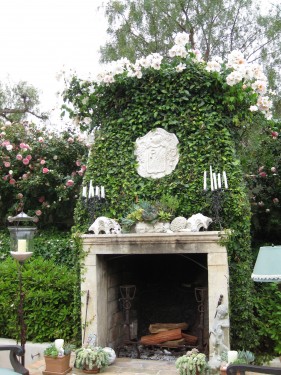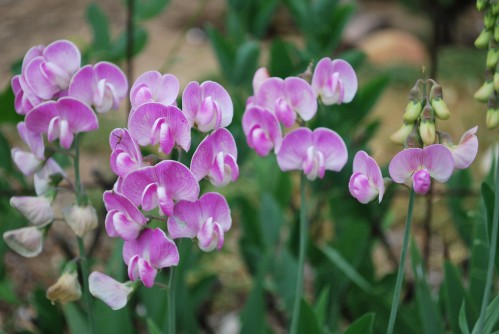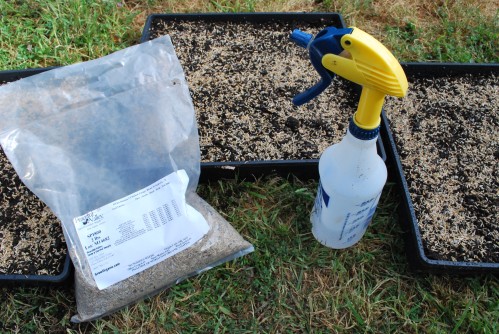 In doing research for my upcoming new book, Gardening with Free-Range Chickens For Dummies (For Dummies (Home & Garden))
In doing research for my upcoming new book, Gardening with Free-Range Chickens For Dummies (For Dummies (Home & Garden))
This organic forage blend is a real treat for your hens. It is available in 1 pound to 1,000 pound quantities. You can grow in it on a large scale in a pasture, in your garden, in a chicken run or zone, or even in 17" garden flats like I did. Warning, Peaceful Vally Farm Supply recommends not grazing horses on this mixture. Flax can form prussic acid when exposed to frost.
This forage blend is a warm season crop in mild climates, and can be sowed after danger of frost in cooler climates. It needs regular irrigation, and most likely needs to be replanted each year. Keep your seeds moist, and your chickens away from this blend until it is the desired height for your chickens. Surprisingly, seeds germinate immediately, and in less than two weeks time is 3" to 5" high, the perfect height for chickens to graze.
Peaceful Vally Farm Supply has refined this unique forage blend from their own expertise, feedback from backyard poultry enthusiasts, and university research. This blend consists of alfalfa, buckwheat, clover, flax, millet, rye, and rye grass. Feeding your chickens this forage blend ensures their eggs will be rich in Omega-3 fatty acids, an important component of a healthy diet for those eating their eggs.
My chickens go crazy for this blend as you can see in the photo. Most chickens devour the blend before the plants can set seed. Peaceful Valley Farm Supply tells me you can try and grow this forage blend in a raised bed with a protective wire over it to keep your chickens from eating it roots, and all. With the protective wire, the grass might have time to replenish itself, if you keep your chickens away from it as regrowth begins.This blend is not only great for chickens, but ducks and turkeys,too.
If you order the Omega-3 Chicken Forage Blend from Peaceful Vally Farm Supply for your chickens, be sure and tell them VintageGardenGal recommended it.





 Following after the "Slow Food" movement, Prinzing and Perry introduce us to the "Slow Flower" movement. Do you know where your flowers are grown? When they were harvested? If chemicals were used to grow them? Prinzing and Perry introduce us to local organic flower growers, gathering, and ultimate "Slow Flower" design. Using fresh flowers out of our own gardens is one easy step in this direction.
Following after the "Slow Food" movement, Prinzing and Perry introduce us to the "Slow Flower" movement. Do you know where your flowers are grown? When they were harvested? If chemicals were used to grow them? Prinzing and Perry introduce us to local organic flower growers, gathering, and ultimate "Slow Flower" design. Using fresh flowers out of our own gardens is one easy step in this direction.
